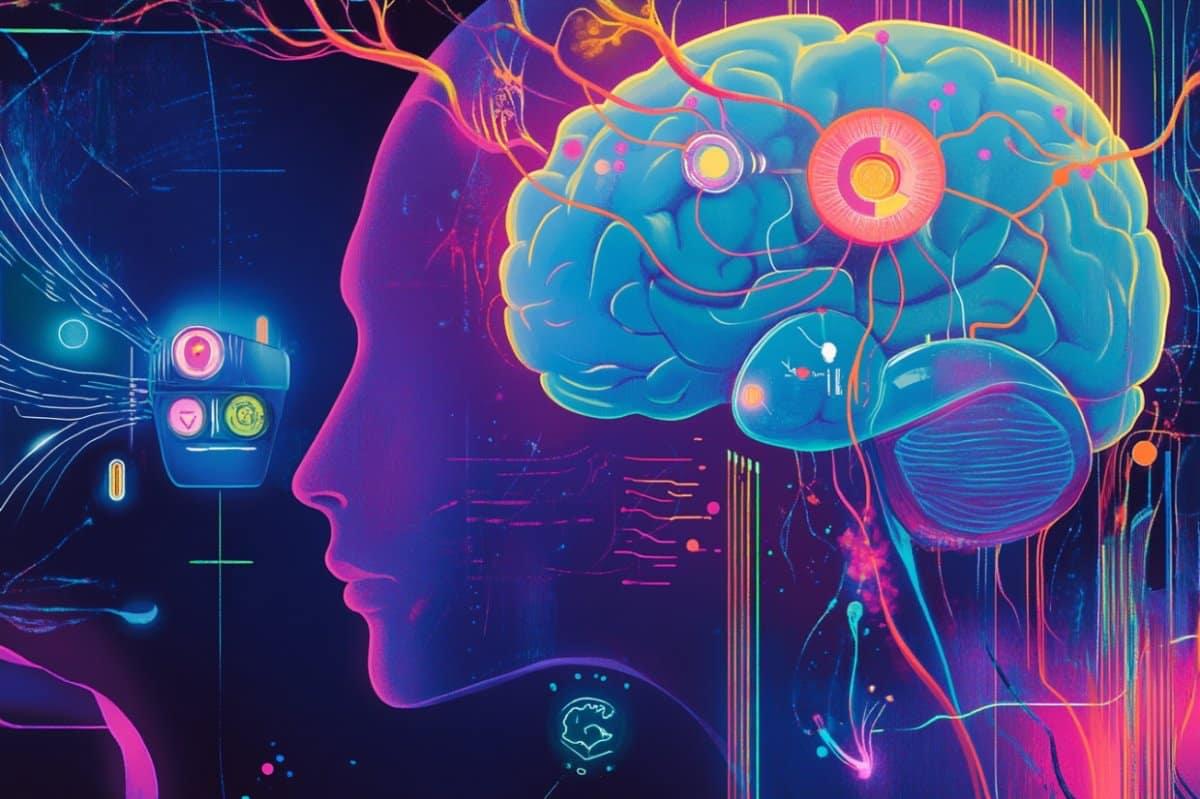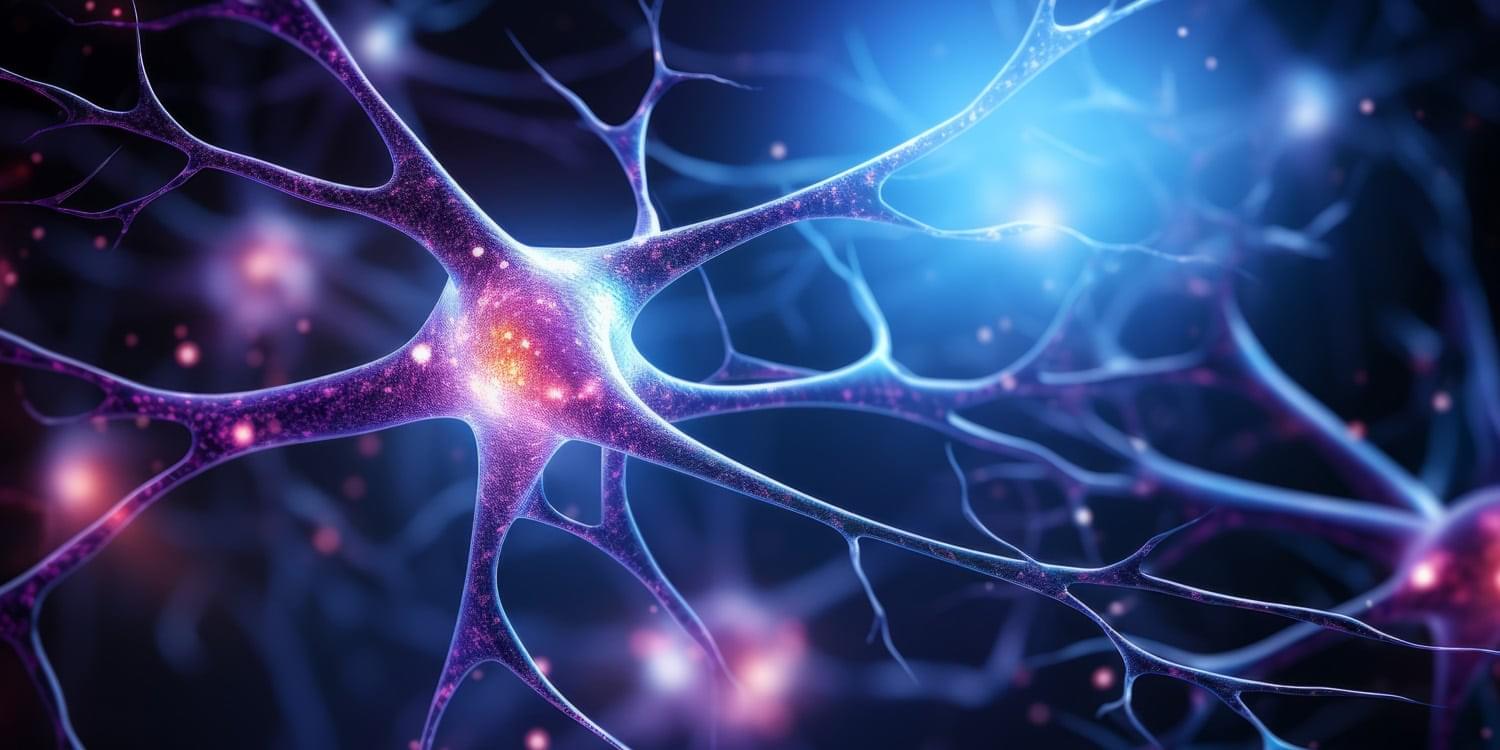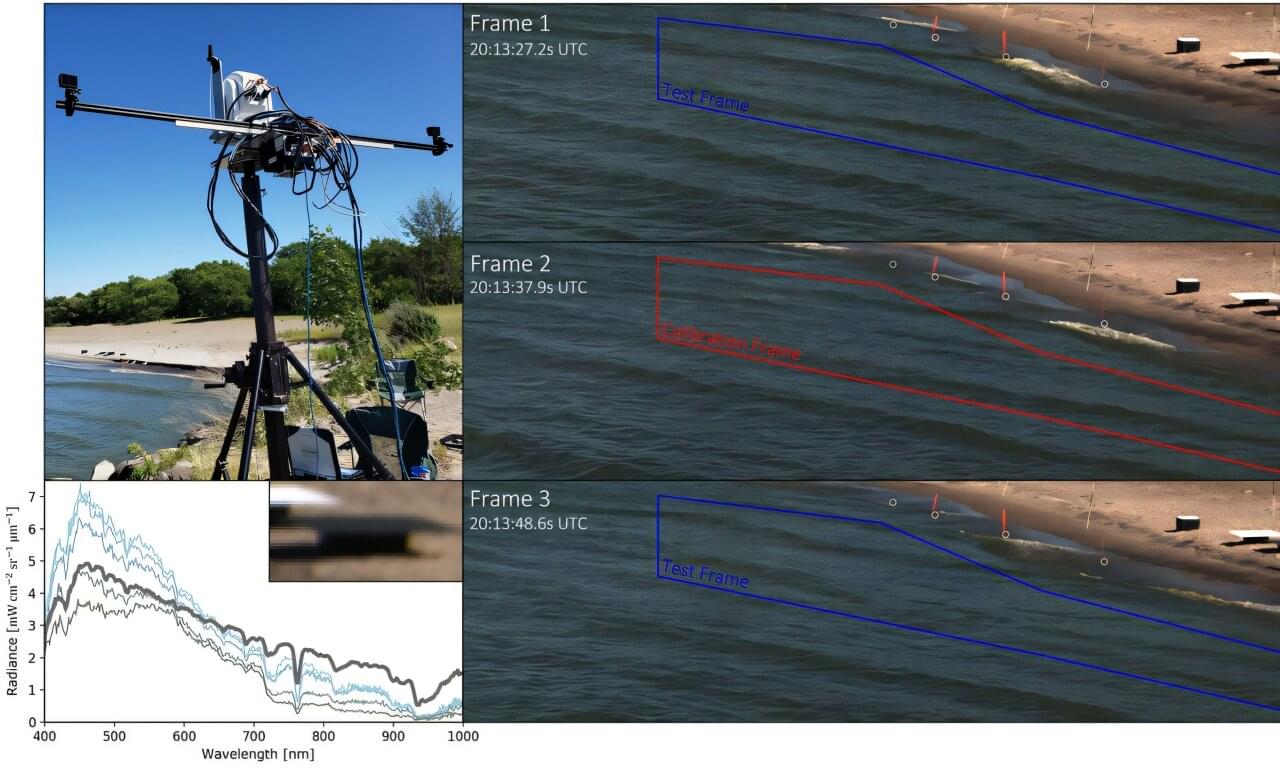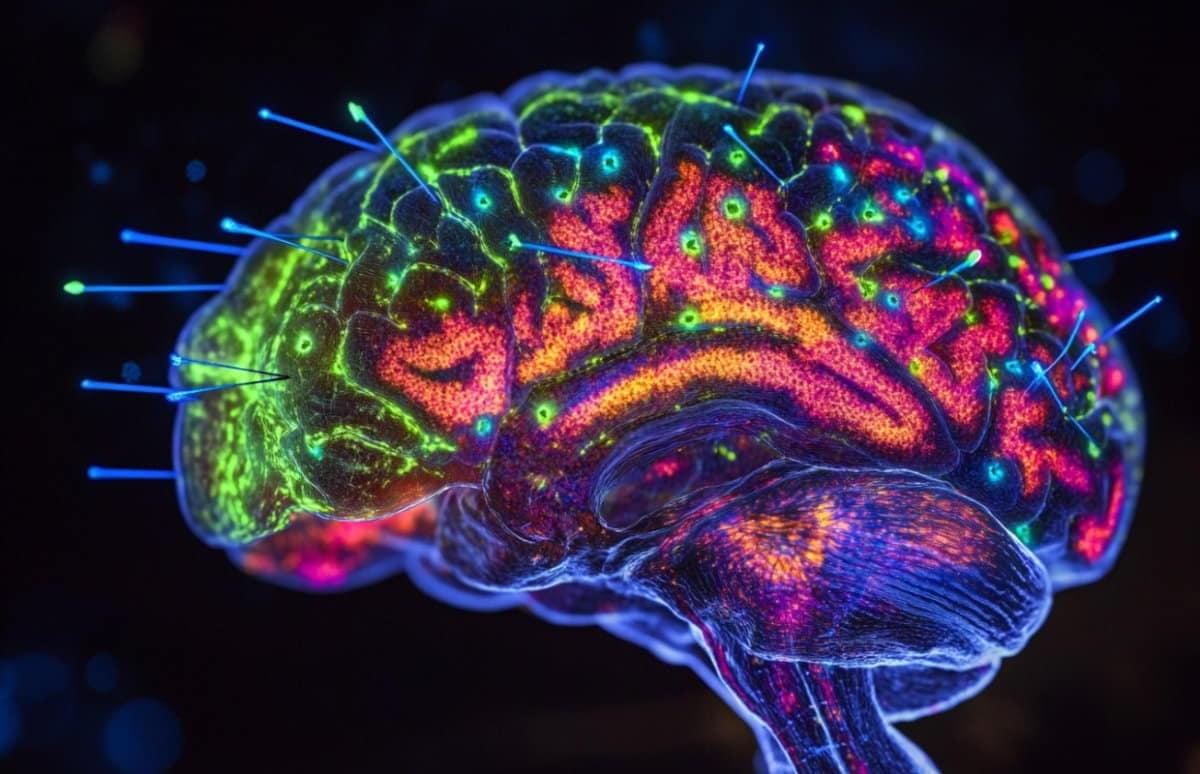Populations of dopamine neurons don’t simply signal reward prediction errors—they encode rich maps of possible future outcomes, including when and how much a reward might be.



Microsoft and CrowdStrike have announced that they are teaming up to align their individual threat actor taxonomies by publishing a new joint threat actor mapping.
“By mapping where our knowledge of these actors align, we will provide security professionals with the ability to connect insights faster and make decisions with greater confidence,” Vasu Jakkal, corporate vice president at Microsoft Security, said.
The initiative is seen as a way to untangle the menagerie of nicknames that private cybersecurity vendors assign to various hacking groups that are broadly categorized as a nation-state, financially motivated, influence operations, private sector offensive actors, and emerging clusters.
Go to https://porkbun.com/EventHorizonBun to get $1 off your next desired domain name at Porkbun!
Why is there something rather than nothing? Robert Lawrence Kuhn, creator of Closer To Truth, joins John Michael Godier to explore one of the most profound questions in science and philosophy. The discussion moves through materialism, idealism, panpsychism, and quantum perspectives, asking whether consciousness is merely a byproduct of evolution or a fundamental aspect of reality, and what that could mean for the universe, artificial intelligence, and the nature of mind. Kuhn discusses his recent paper, A Landscape of Consciousness: Toward a Taxonomy of Explanations and Implications, which maps the full range of consciousness theories and explores their broader significance.
Links:
Closer to Truth.
https://www.youtube.com/c/CloserToTruthTV
A landscape of consciousness: Toward a taxonomy of explanations and implications by Robert Lawrence Kuhn https://www.sciencedirect.com/science/article/pii/S0079610723001128?via%3Dihub.
Seeing the consciousness forest for the trees by Àlex Gómez-Marín.
https://iai.tv/articles/seeing-the-consciousness-forest-for-the-trees-auid-2901
00:00:00 Introduction to Robert Lawrence Kuhn and consciousness.



Hyperspectral imaging (HSI), or imaging spectroscopy, captures detailed information across the electromagnetic spectrum by acquiring a spectrum for each pixel in an image. This enables precise identification of materials through their spectral signatures.
HSI supports Earth remote sensing applications such as automated classification, abundance mapping, and estimation of physical and biological properties like soil moisture, sediment density, water quality, biomass, leaf area, and pigment content.
Although HSI offers detailed insight into a remote sensing scene, HSI data may not be readily available for an intended application. Recent studies have attempted to combine HSI with traditional red-green-blue (RGB) video acquisition to lower costs and improve performance. However, this fusion technology still faces technical challenges.


Sound can do more than just provide a nice beat. Sound waves have been used for everything from mapping the seafloor to breaking apart kidney stones. Thanks to a unique material structure, researchers can now move and position objects underwater without ever touching them directly.
Dajun Zhang, a doctoral student at the University of Wisconsin-Madison, presents his work on developing a metamaterial for underwater acoustic manipulation on Tuesday, May 20, at 3:20 p.m. CT as part of the joint 188th Meeting of the Acoustical Society of America and 25th International Congress on Acoustics, running May 18–23.
A metamaterial is a composite material that exhibits unique properties due to its structure. Zhang’s metamaterial features a small sawtooth pattern on its surface, which allows adjacent speakers to exert different forces on the material based on how the sound waves reflect off it. By carefully targeting the floating or submerged metamaterial with precise sound waves, Zhang can push and rotate any object attached to it exactly as much as he wants.

Launched on March 11, NASA’s SPHEREx space observatory has spent the last six weeks undergoing checkouts, calibrations, and other activities to ensure it is working as it should. Now it’s mapping the entire sky—not just a large part of it—to chart the positions of hundreds of millions of galaxies in 3D to answer some big questions about the universe.
On May 1, the spacecraft began regular science operations, which consist of taking about 3,600 images per day for the next two years to provide new insights about the origins of the universe, galaxies, and the ingredients for life in the Milky Way.
“Thanks to the hard work of teams across NASA, industry, and academia that built this mission, SPHEREx is operating just as we’d expected and will produce maps of the full sky unlike any we’ve had before,” said Shawn Domagal-Goldman, acting director of the Astrophysics Division at NASA Headquarters in Washington.

White light-emitting diodes (LEDs), the semiconductor devices underpinning the functioning of countless lighting technologies on the market today, were first released to the public in 1996. Following their commercial debut, these devices have fueled significant advancements within the electronics and lighting industry, due to their remarkable energy efficiencies and extended lifespans.
Researchers at the University of Cambridge and ETH Zurich recently carried out a study aimed at re-tracing the development of white LEDs over the past three decades, as well as trends in their costs and innovations in other engineering fields that fueled their advancement. Their paper, published in Nature Energy, was part of a larger research project that investigated the factors driving innovation in the clean energy sector.
“As part of our research, we looked at three key technologies at the forefront of the ongoing energy transition: solar photovoltaics for energy generation, lithium-ion batteries for energy storage, and white LEDs for efficient energy use in lighting,” Michael P. Weinold, first author of the paper, told Tech Xplore.